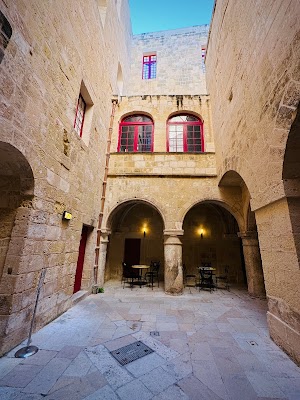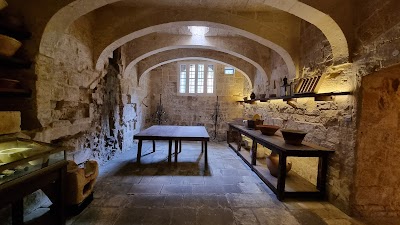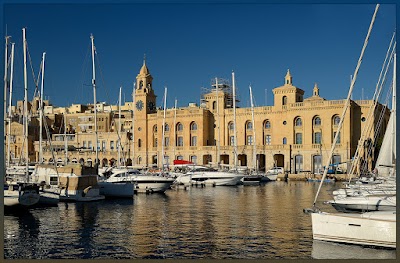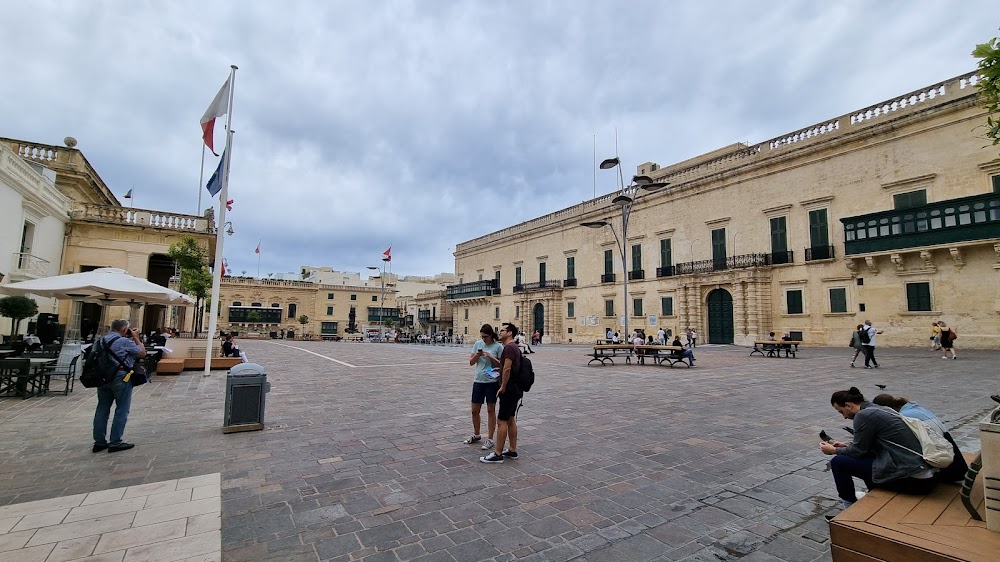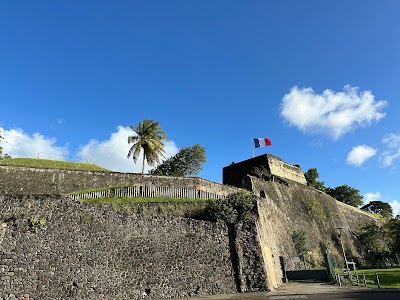The Inquisitor's Palace (Il-Palazz tal-Inkwizitur)
Overview
The Inquisitor's Palace, nestled in the charming town of Birgu (Vittoriosa) along the Grand Harbour in Malta, is an enthralling destination for travelers eager to explore the rich and diverse history of the Maltese Archipelago. A stunning example of ecclesiastical power and architectural brilliance, the palace offers an immersive experience that unveils the austere authority of the Roman Catholic Church during the Inquisition, as well as the intricate realities of life in Malta from the 16th to the 18th centuries.
Originally constructed in the early 1530s, during the formative years of the Order of St. John in Malta, the palace initially functioned as the courthouse for civil law courts of the knights. However, in 1574, it transformed into the residence and tribunal of the Inquisitor of Malta, a role appointed by the Pope to defend and propagate the Catholic faith against heresy and moral decay. This pivotal change initiated nearly two centuries of inquisitional activity on the island, solidifying the palace's historical importance.
One of the most fascinating aspects of the Inquisitor's Palace is its architectural evolution. Unlike many historical buildings that have been carefully preserved to reflect a single period, this palace serves as a living canvas, showcasing layers of architectural trends and functional adaptations. Visitors can observe elements from its original Renaissance construction, alongside Baroque modifications, including elegantly designed balconies and grand staircases, as they wander through the palace's many rooms.
Inside, guests will find spaces that invite contemplation and underscore the gravity of the inquisitor's power. The Holy Office Tribunal, where inquisitors once conducted trials, offers a glimpse into the somber judicial processes of the era. In contrast, the prison cells, with their worn walls and austere accommodations, tell the harrowing tales of those detained for their beliefs. The stark juxtaposition between the modest cells and the inquisitor's lavish private quarters highlights the social disparities of the time.
The palace also houses a fascinating museum that enriches visitors' understanding of its history and the broader context of the Inquisition in Malta. The museum features an impressive collection of artifacts, including authentic documents, religious relics, and everyday items from the period. These exhibits provide a tangible link to the past while illuminating the cultural and religious influences that shaped Maltese society over the centuries.
In addition to its historical and architectural significance, the palace offers insights into the daily lives of both the inquisitors and the inmates. Notably, the kitchen has been meticulously restored to reflect its 17th-century appearance, offering an intriguing glimpse into culinary practices and domestic conditions of the time. The contrast between the simple, utilitarian design of the kitchen and the opulent areas of the palace invites reflection on class and power dynamics within its walls.
An interesting fact that often captivates visitors is the palace's resilience and adaptability throughout history. Despite numerous upheavals—including the French occupation of Malta in 1798, which led to the suppression of the Inquisition, and subsequent damage during World War II—the palace survived and evolved to accommodate various notable civil and religious figures, as well as a temporary museum after its restoration.
Today, the Inquisitor's Palace stands not only as a monument to Malta's complex past, but also as a vibrant educational resource. It attracts academics, history enthusiasts, and curious travelers alike, all eager to explore its wealth of information and atmospheric halls. Visitors cannot help but feel a deep connection to the layers of history embedded within its structure, from the whispers of inquisitors deliberating over cases of heresy to the haunting echoes of prisoners’ laments.
In conclusion, a visit to the Inquisitor's Palace in Birgu is a captivating journey through time. Its historical significance, combined with the palpable essence of life from bygone centuries, weaves a compelling narrative of justice, power, religion, and resilience. Whether you are a history buff, an architecture aficionado, or simply a curious traveler, this palace promises a memorable and enlightening experience, offering a unique window into Malta's storied past.


